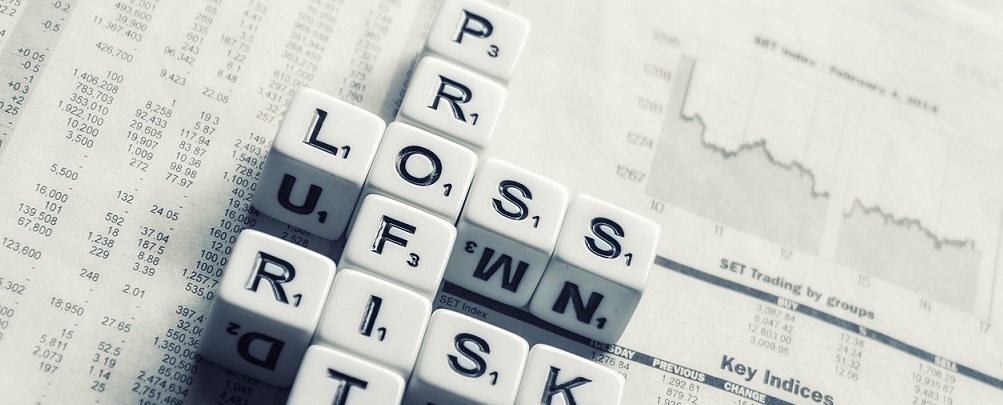
Determine Your Risks Based on the Numbers
Not sure what your most pressing ethics risks are? By using risk analytics, you can help predict ethical issues and take steps now to prevent problems later.
By studying analytics, you can find patterns of unethical behavior, discover potential fraud and much more. This helps you improve your business and work culture.
Look For Patterns
One of the best ways to use risk analytics is to look for patterns. For instance, if you’re a restaurant, are there only certain nights where your profits seem off? Did more people start calling out randomly after a hiring a new manager?
Or, if you’re in construction, is there a pattern of quotes being higher than they should? Do you get more complaints on certain projects than others?
Use these patterns to uncover ethical problems. These can help you identify your biggest risks, such as employees giving away drinks to their friends at a bar or a construction supervisor inflating costs to buy supplies for themselves.
Financial Data Access
Some analytics also include how often certain files or applications are accessed and by whom. If you notice unauthorized users accessing financial data or authorized users accessing the data too often or outside business hours, you may be at a high risk of fraud.
By uncovering the risk, you’re better able to lock down your access and remove anyone abusing it. This saves your business countless dollars.
Study Ethics Reports
If you have a whistleblower hotline in place, keep analytics on its usage and effectiveness. How many employees are filing reports? Are they focused mainly in one department? Are reports being investigated? What happens to employees who do file reports?
Ask yourself all these questions and more as you look through the risk analytics. While you might think no ethics reports are a good thing, it could be a sign that employees are too fearful to report anything. This means your company is at risk. It could be your company policy isn’t clear or employees are afraid of losing their job.
Look at how investigations were handled. Analytics will tell you the percentage of guilty and innocent findings. If everyone is innocent, either you’re at risk of a petty employee trying to hurt your workplace culture or investigators aren’t doing their jobs, leading to severe mistrust and doubt in your company.
If you want your ethics hotline to be effective, study your analytics often to ensure it’s being used correctly. Most importantly, make sure employees who are filing reports are kept safe.
Look At All Complaints And Lawsuits
Risk analytics tell you exactly what your biggest problem areas are. Gather all complaints, lawsuits, compliance and regulatory violations, injury reports and more. Create a report that breaks down all of these into categories.
For example, do the majority of your whistleblower hotline complaints have something in common? Have you had several similar lawsuits in recent years? Do the same group of employees keep getting hurt on the job?
All of these are risk signals. Common complaints indicate a pattern. Lawsuits show there’s an underlying problem. Frequent injuries could mean safety violations.
Having an ethics hotline gives you a great way to track your risks and take immediate action to solve issues before they can escalate.
